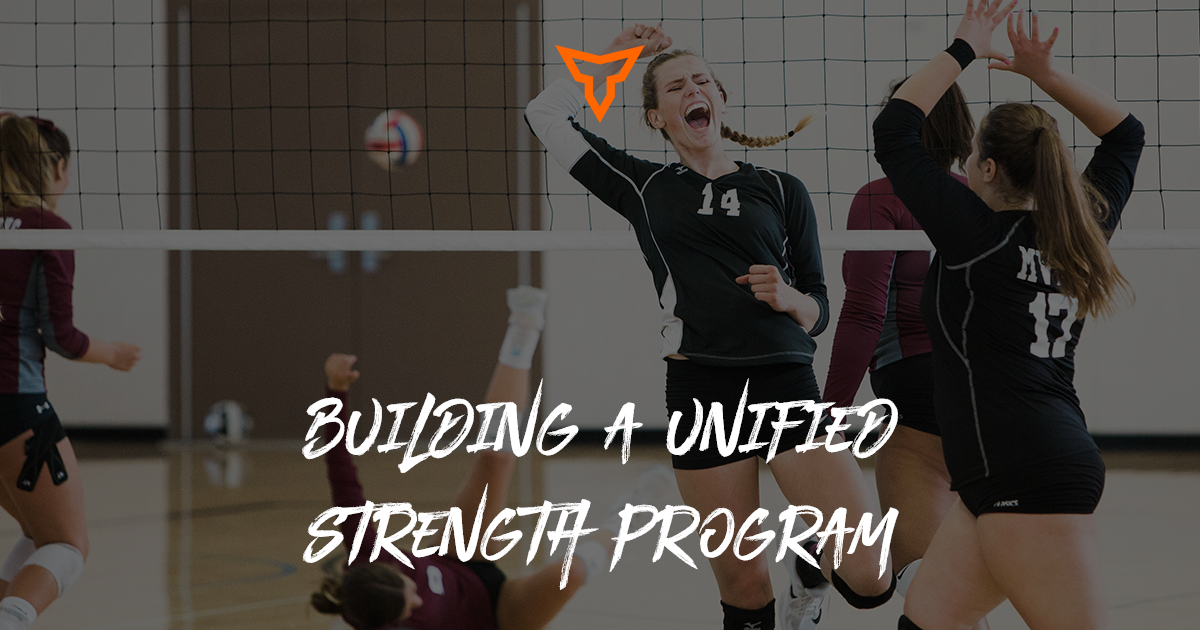Should we grade or not grade PE students? If so, how?
Students in every grade level at schools across the country are struggling in class. It’s not because they are under-achievers, they aren't smart, or that they don’t care. I believe that if we aren’t taking their physical fitness seriously, then we are working against them. If we do not grade exercise, and if we do not grade Physical Education like any other subject, then we are compromising our Youth.
More Physical Activity Means Possible Improved Student Scores
There is countless research that proves that students need acceptable amounts of physical activity throughout the school day—not only does it prevent obesity and obesity-related issues, but students also perform better academically. Go figure, the better they feel the better they perform. In my profession, I ask everyone how they feel after they train. The answers consist of these listed below:
“Good, I needed that. Thank you.”
“My day is so much better now. Thank you.”
“I feel way better than when I came in. Thank you.”
Not only do individuals feel better after exercise, they also express gratitude which is a direct correlation to happiness. The CDC states,
“…physical activity can have an impact on cognitive skills and attitudes and academic behavior, all of which are important components of improved academic performance. These include enhanced concentration and attention as well as improved classroom behavior.”
Unfortunately, many schools cut physical education class and PE funding with the belief that more rigid classroom time would somehow stimulate students to learn more. It’s an incorrect belief. If we teach students at a young age how to establish some type of consistent fitness routine, then health and wellness has a better chance of becoming a habit instead of a burden!
Exercise is Imperative to Development of Academic & Social Skills
Exercise directly impacts the behavior and development of the brain. “It is likely that the effects of physical activity on cognition would be particularly important in the highly plastic developing brains of youth,” according to a 2010 essay penned by Charles Basch of Columbia University.
What does exercise do for the brain?
- Increased oxygen flow to the brain
- Increased brain neurotransmitters
- “[Increased] brain-derived neurotrophins that support neuronal differentiation and survival in the developing brain.” Neurotrophins assure the survival of neurons in areas responsible for learning, memory, and higher thinking.
Standardized fitness testing can be structured for students, and there should be exceptions and modifications put into play if certain individuals cannot perform certain tests. For example, if an individual cannot run a mile within a certain amount of time then their regression would be to walk a mile within a certain amount of time. They should study for their mile just like they would study for their Algebra Exam. If exercise is linked to all of the positive benefits for our brain, doesn’t exercise then fuel the foundation to be more effective during classes such as math and science?
That’s the core of it all; that’s why we’re here. We want our students to get a quality education, even though their life situation or choices often make it difficult. But every child, regardless of financial background, or injury background, should have equal access to excellent education. This includes physical education. Why not want to be tested consistently on how to take care of yourself? Life will involve training at some point. Life is movement. Life is physical literacy. The Doctor is too common nowadays telling kid’s they are overweight and that they need to move more. Learning Physical Education and being graded in a PE Context creates a better opportunity to be active for life. Learning multiple ways to be fit at an early age enhances the probability of developing a lifelong love for physical activity. Health and Wellness becomes a habit instead of burden.
The evidence is clear. Physical activity should have a place in the curriculum of every school that’s serious about teaching its kids. It should be graded.
SHAPE America recommends 60 minutes of physical activity each day for children and adolescents. Schools should provide 150 minutes per week of instructional physical education for elementary school children, and 225 minutes per week for middle and high school students throughout the school year.
Adequate PE curriculum can help children achieve these numbers, in turn creating healthy bodies and eager-to-learn minds. Adequate physical education should never stop.
Subscribe to our blog
Subscribe to receive the latest blog posts to your inbox every week.
Related posts

Building a Unified Program Across All Sports

Diving Deeper: Mentoring Student-Athletes


